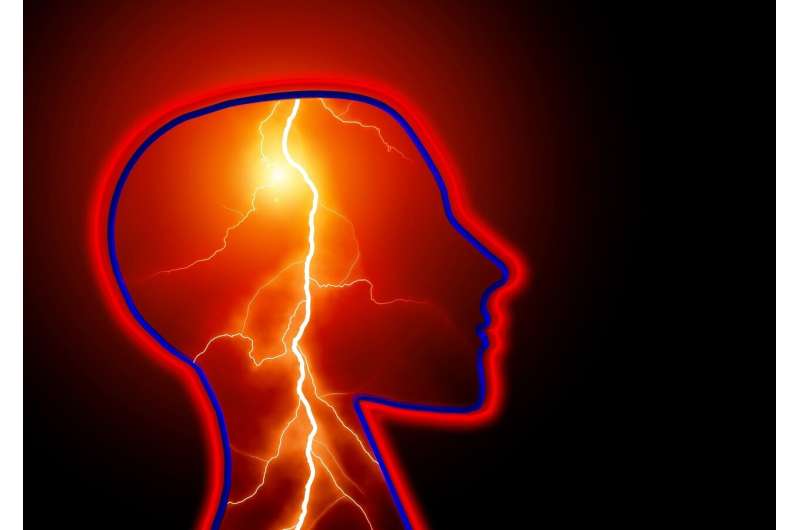
It’s National Stroke Awareness Month and one of the biggest misconceptions about stroke is that it only happens to the elderly. While age is one of the risk factors and your chance for a stroke increases with age, anyone can have a stroke.
According to the Centers for Disease Control and Prevention (CDC), Every 40 seconds, someone in the United States has a stroke. A stroke, sometimes called a brain attack, occurs when a blockage stops the flow of blood to the brain or when a blood vessel in or around the brain bursts. Although many people think of stroke as a condition that affects only older adults, strokes can and do occur in people of all ages. In fact, nearly a quarter of all strokes occur in people younger than age 65. Each year, almost 800,000 strokes occur in the United States.
Know the signs and symptoms:
- Sudden weakness or numbness on one or both sides of the body
- Sudden loss of vision
- Sudden inability to speak or understand
- Sudden drooping of the face, arms, trouble walking
- “The worst headache of my life”
David Miller, M.D., medical director of Mayo Clinic’s Comprehensive Stroke Center, says, “Thanks to advances in technology and medicine, we now have new treatments and therapies to treat stroke and reduce one’s risk of permanent damage – or death.”
He continues, “Stroke remains a leading cause of serious long-term disability, such as paralysis, speech difficulties, memory issues and emotional problems. The cost of stroke is significant – somewhere between $34-70 billion annually related to health care and medication costs, rehabilitation, lost wages, etc. The latest numbers on heart disease and stroke statistics – the 2015 update from the American Heart Association, confirm that stroke remains a leading cause of serious long-term disability, such as paralysis, speech difficulties, memory issues and emotional problems.
The financial impact of stroke is significant. Some reports indicate stroke costs the United States approximately $34 billion each year. Others indicate that number is upwards of $70 billion annually. When combined with other, related cardiovascular issues, the cost rises to more than $312 billion a year – and the costs, which includes the health care services, medications, lost wages, and other lifestyle necessities – continue to rise.”
There are things you can do to reduce and even prevent stroke:
- Stop smoking
- Control your blood pressure – and take your medication if its been prescribed
- Lower and maintain your cholesterol
- Maintain a heart-healthy diet and exercise
Source: Read Full Article
